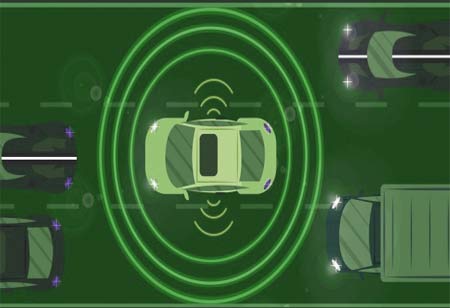Permanent magnets will still be the most common type of magnet in motors; as cost and sustainability become more important in the coming years, magnet-free motors will have opportunities.
FREMONT, CA: Cell sizes are getting bigger, and cell-to-pack battery designs are becoming less modular. Specific technology trends will be significant to the EV market in the future. The change will bring new challenges for the materials used to make power module packages. These challenges include higher switching frequencies, higher power densities, and higher operating temperatures, all while keeping a 15-year service life. The EV market has developed several solutions, such as permanent magnets, induction, and wound-rotor motors. As the power density of semiconductor chips increases by a factor of ten, new double-sided cooling designs, copper wire bonds, and lead frames will make this trend possible.
Advanced Li-ion battery and packs: Advanced Li-ion includes silicon and Li-metal anodes, solid-electrolytes, high-Ni cathodes, and different cell design factors. Li-ion will continue to be the most popular type of battery because of how strong the electric vehicle market, especially battery electric cars, is to battery demand. But it's essential to make small changes to the cathodes, anodes, cell design, and energy density over time. Electric Cars and battery cells with up to 400Wh per kg will be commonplace by 2030. Drive-cycle efficiency is another critical area; the same size battery can take the vehicle farther.
Power electronics: In automotive power electronics, like inverters, onboard chargers, and DC-DC converters, significant improvements get made to improve the powertrain's efficiency. It makes it possible to either reduce the size of the battery pack or increase the range. Switching to silicon carbide MOSFETs and high-voltage vehicle platforms at or above 800V is one of the most important ways to improve efficiency. If the vehicle is more efficient, less valuable energy adequately stored in the battery is wasted when it speeds up.
Electric motors: The markets for electric motors are still changing. New designs are improving the power, torque density, and materials used. New technologies like axial flux motors and different OEMs could make rare earth materials obsolete. There are several important ways to measure how well an electric motor works. As weight and space are at a premium in EVs, having more power and torque in a smaller package makes the car easier to drive.

 Copyright © 2025 AutoTech Outlook. All Rights Reserved | Privacy Policy | Subscribe | Sitemap | About us | Feedback Policy | Editorial Policy
Copyright © 2025 AutoTech Outlook. All Rights Reserved | Privacy Policy | Subscribe | Sitemap | About us | Feedback Policy | Editorial Policy